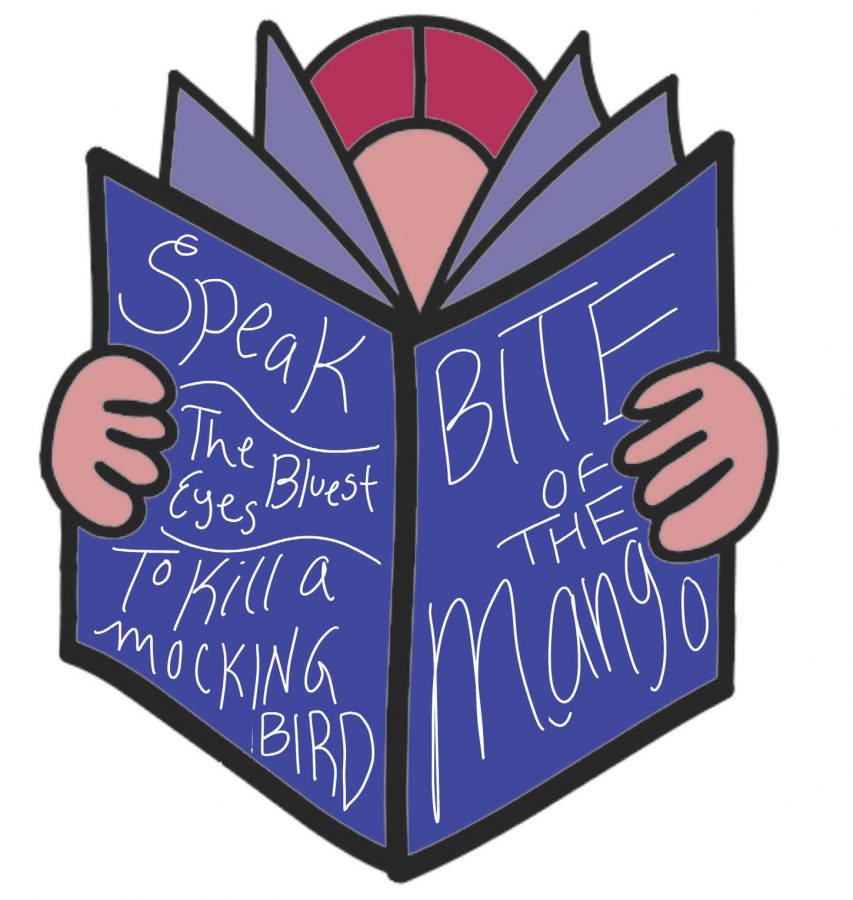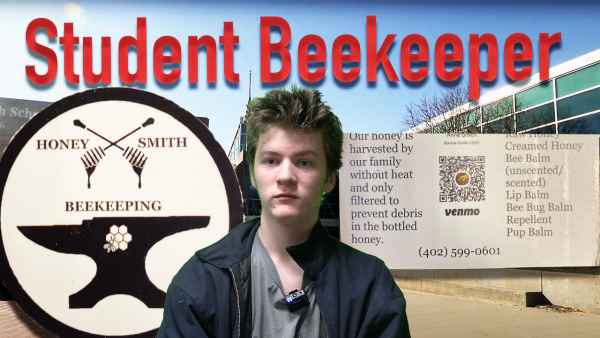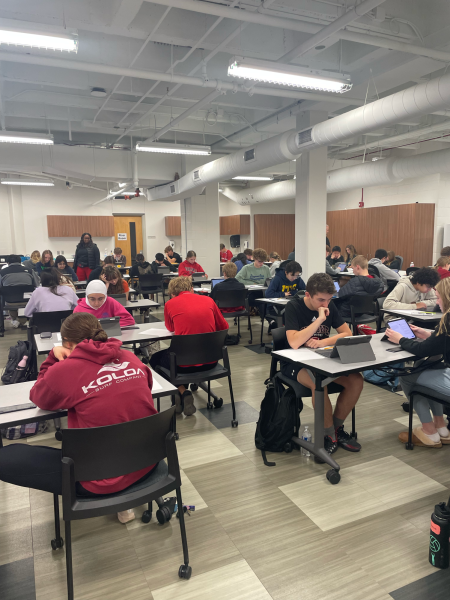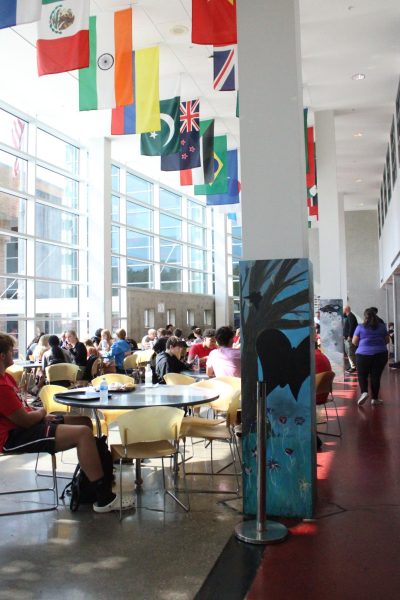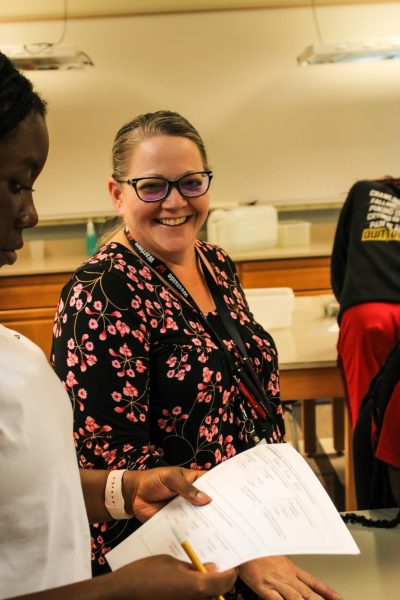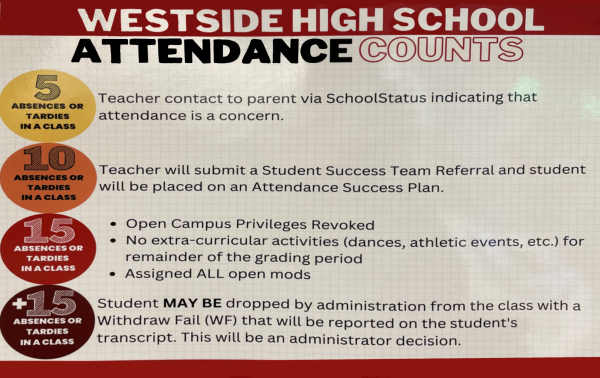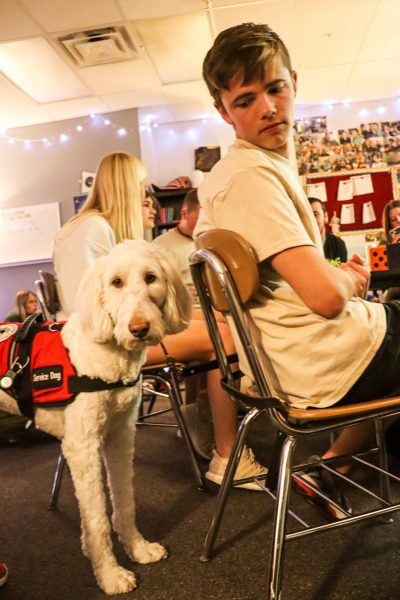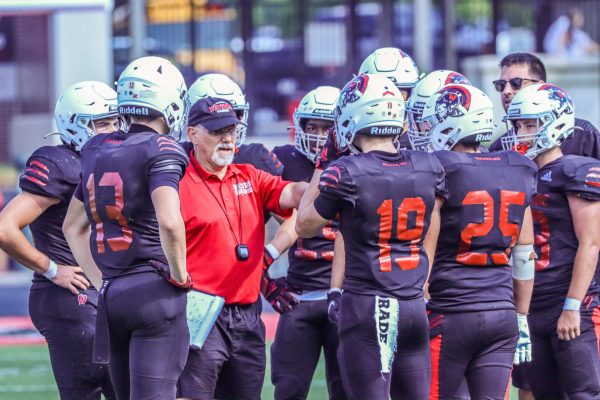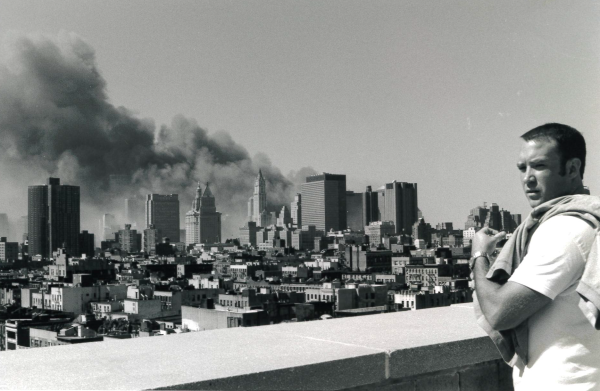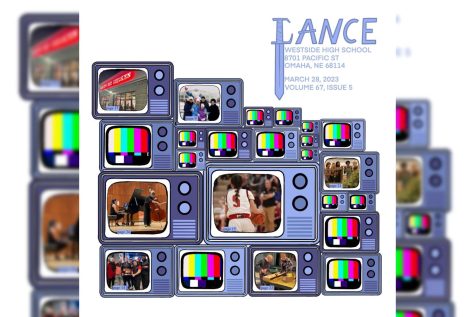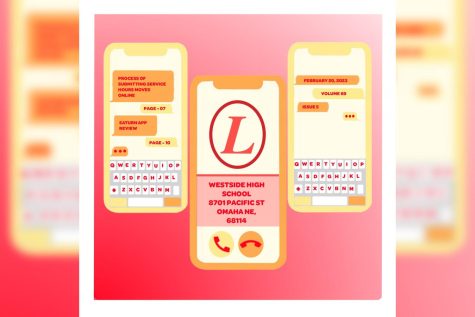Between the Lines: English class curriculum addresses sexual misconduct
Graphic by Virginia Jansen
Virginia Jansen, Lance Feature Editor
Sexual assault has recently become a main focus in the media, but it has always been a widely known issue. At the same time, many people rarely discuss it because it is considered by some to be a sensitive topic. Because of this, many teenagers aren’t as aware of sexual assault and how to deal with it if faced with it themselves.
One way to educate students on sexual assault is to read about it. Many books include references and examples of sexual assault or harassment. At Westside, some English classes spend time reading books covering topics such as rape or abuse.
Sarah Schoenrock is an English 2 Honors instructor. In English 2 Honors they read To Kill a Mockingbird, is a novel published in 1960 that won the Pulitzer prize. At its core the book focuses on sexual assault.
“In To Kill a Mockingbird, Mayella Ewell accuses Tom Robinson of raping her, and he is an African American man,” Schoenrock said.
In the book, there are many themes that are also visible today in terms of sexual assault and its aftermath and whether the assault truly happened or not. One prevalent theme is false accusations, shown with an alleged rape.
“[Tom Robinson] was falsely accused, but in that time period the chance of him getting a [fair] trial were slim to none,” Schoenrock said. “Atticus Finch took on the role of his lawyer to defend him and presented the facts … in the courtroom. It was clear that he didn’t commit the crime, but he was convicted anyway.”
One thing students can learn from this book is how much life has changed from the time To Kill a Mockingbird was written until now.
Another class at Westside where a book showing sexual assault is read is AP Literature. This class is taught by English instructor Scott Gealy.
“In AP Lit we read a novel called The Bluest Eye, which has kind of at its core a sexual assault,” Gealy said.
In The Bluest Eye, Pecola, the main character, is raped multiple times by her father. According to the Rape, Abuse and Incest National Network, 70 percent of rapes are committed by someone known to the victim. This book illustrates that fact.
Deanna Bahl teaches English 2 (primarily sophomores) and also comes across the topic of sexual assault in her class. In it they read a book called Bite of the Mango, an autobiographical story of the life of Mariatu Kamara. Kamara is a survivor of the civil war in Sierra Leone and is currently a United Nations Children’s Fund representative.
“[Sexual assault] is mentioned quite a bit in Bite of the Mango,” Bahl said. “Mariatu, [the main character], was raped by a man that she was supposed to marry before they were actually married.”
According to the Rape, Abuse and Incest National Network, 25 percent of rapes are committed by a former or current spouse, girlfriend or boyfriend, just like what happens in this book.
Sexual assault is considered by some people to be a difficult topic. For this reason, it can be hard to include these topics in a high school class. Gealy said he finds it best to make sure students are prepared for what they will read.
“I think the first thing that we did, or that I tend to do before we read the novel, is just kind of prepare students to understand that there is some content in the novel that’s really difficult,” Gealy said. “[We try to introduce] the content that is violent or otherwise features some level of abuse.”
Bahl said she uses a similar strategy in terms of introducing students to the content.
“We just kind of prepare kids in advance that this is a topic that is going to happen in the particular book, so that they can kind of expect it,” Bahl said. “There’s really not a lot of prep in terms of how to deal or anything like that with it. It’s more about just knowing that it’s coming, that this is what you might find, just so kids are aware so it’s not abrupt and they aren’t surprised by it.”
Even though the topic of sexual assault could be considered the only thing to pay attention to in a novel, some teachers look farther into how the sexual assault fits into the rest of the book.
“[We] look at the entire context of the piece,” Gealy said. “[We] look at who the author was, what the time period was, what the circumstances were and really think about how that particular incident serves the larger purpose of the text.”
Gealy said he finds it important to make it clear to his students why something is included in the piece of literature.
“If there is some sense of violence or sexual abuse, how does that fit into the larger idea or experience that the author wants the reader to have?” Gealy said. “[We make sure it’s clear] that it’s not just gratuitous, like for the sake of the act itself.”
Schoenrock also said she finds it important to look at the text as a whole instead of just focusing on one single part.
“In To Kill a Mockingbird, we just talked about the inference that was made that she had been sexually assaulted by her dad and we mainly addressed that,” Schoenrock said. “There are so many other topics in To Kill a Mockingbird that are seemingly more at the forefront … and so we bring it up in terms of the inference about her dad. But the focus is more that he is falsely accused … that she accused someone of rape that didn’t do it and injustice in general.”
With sexual assault being a sensitive topic, some parents may not want students to read books involving this topic at school.
“I’ve spoken with a number of parents over the years and written letters in defense of … a few different books,” Gealy said. “There’ve only been a couple occasions when a parent ultimately chose for that student not to read the book. It has happened, although it’s been relatively rare.”
Bahl said she has not gotten many concerns from parents based on sexual assault in books, but she also is prepared to deal with it if concerns arise.
“Very rarely have I ever encountered a parent that said, ‘Well, because of the rape scene I would prefer my student not read this,’” Bahl said. “Usually there are other issues involved. But of course, if there were, I would absolutely understand and then we would make alternate arrangements of what a student could read that would be more appropriate. [The book] would also hit the same indicators that we’re looking for in terms of what we’re trying to teach.”
Your donation will support the student journalists of Omaha Westside High School. Your contribution will allow us to purchase equipment and cover our annual website hosting costs.


